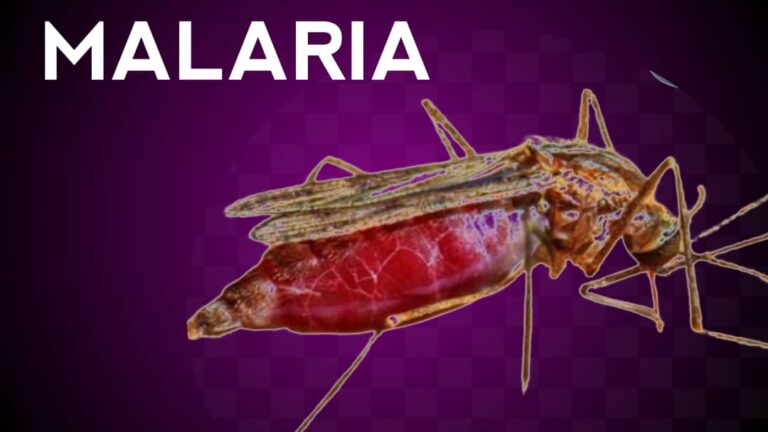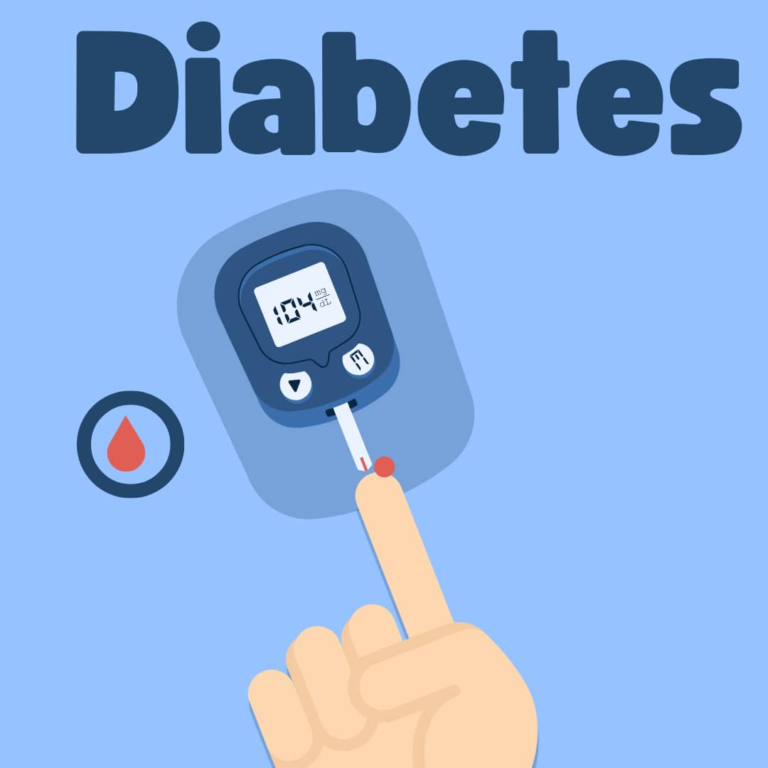MALNUTRITION IN CHILDREEN

Malnutrition in children is a serious health issue that occurs when a child’s diet lacks essential nutrients or when their body is unable to effectively utilize the nutrients they consume. It can lead to stunted growth, impaired cognitive development, weakened immune system, and increased risk of illness and mortality. Malnutrition is a complex problem influenced by a combination of factors, including inadequate dietary intake, poor food quality, improper feeding practices, and underlying health conditions.
There are several forms of malnutrition that can affect children:
Protein-Energy Malnutrition (PEM): This is the most common form of malnutrition, characterized by a deficiency of both protein and calories. It can manifest as marasmus (severe wasting and emaciation) or kwashiorkor (edema, swollen belly, and skin lesions). PEM weakens the immune system, making children more susceptible to infections.
Micronutrient Deficiencies: Inadequate intake or absorption of essential vitamins and minerals can lead to specific deficiencies. For example, vitamin A deficiency can cause vision problems and weaken the immune system, while iron deficiency can result in anemia and impaired cognitive development.
Folate and Iodine Deficiency: Folate deficiency can lead to neural tube defects in infants, while iodine deficiency can cause goiter and impair brain development.
Several factors contribute to the high prevalence of malnutrition in children, especially in developing countries:
Inadequate Diet: Limited access to diverse and nutritious foods, especially fruits, vegetables, and animal-source foods, can contribute to malnutrition. Poverty, food insecurity, and inappropriate feeding practices, such as early introduction of complementary foods or lack of exclusive breastfeeding, also play a role.
Poor Sanitation and Hygiene: Lack of access to clean water and sanitation facilities increases the risk of diarrheal diseases and other infections, which can exacerbate malnutrition.
Healthcare Access: Limited access to quality healthcare, including prenatal care and immunization services, can contribute to malnutrition by increasing the vulnerability of children to infections and other health problems.
Addressing malnutrition requires a multi-faceted approach involving various sectors, including healthcare, agriculture, and social welfare. Some key interventions include:
Improving Maternal and Child Health: Enhancing prenatal care, promoting exclusive breastfeeding for the first six months, and providing proper healthcare services can improve child nutrition outcomes.
Dietary Diversification: Promoting a diverse and balanced diet that includes a variety of nutrient-rich foods, such as fruits, vegetables, whole grains, legumes, and animal-source foods, can help combat malnutrition.
Micronutrient Supplementation: Providing vitamin and mineral supplements, particularly to at-risk populations, can help address specific deficiencies.
Water, Sanitation, and Hygiene (WASH) Interventions: Improving access to clean water, sanitation facilities, and promoting good hygiene practices can reduce the burden of infections and improve nutritional outcomes.
Social Safety Nets: Implementing social protection programs, such as cash transfers or food assistance programs, can help alleviate poverty and improve access to nutritious food for vulnerable populations.
Efforts to combat malnutrition require collaboration among governments, non-governmental organizations, healthcare providers, and communities to implement comprehensive strategies that address the underlying causes and consequences of malnutrition in children.
Certainly! Here are some additional details about malnutrition in children’s
Global Impact: Malnutrition is a widespread problem affecting millions of children worldwide. According to the World Health Organization (WHO), an estimated 149 million children under the age of 5 were stunted (low height-for-age) in 2020, while 45 million children were wasted (low weight-for-height). Additionally, about 340 million children suffer from deficiencies of essential vitamins and minerals.
Long-Term Consequences: Malnutrition during the critical early years of a child’s life can have long-lasting effects on their health and development. Stunting, for example, is associated with impaired cognitive development, reduced school performance, and decreased economic productivity in adulthood. The physical and cognitive deficits caused by malnutrition can perpetuate cycles of poverty and hinder a nation’s overall development.
Underlying Causes: Malnutrition is often rooted in a combination of factors. Poverty is a significant underlying cause, as it limits access to nutritious food and healthcare services. Other factors include inadequate maternal nutrition, lack of education on proper infant and young child feeding practices, poor sanitation and hygiene, and limited access to clean water.
Emergencies and Conflict: Humanitarian crises, such as natural disasters and armed conflicts, exacerbate the risk of malnutrition among children. Displacement, loss of livelihoods, and disrupted food and healthcare systems can lead to acute malnutrition and increased vulnerability to diseases.
Treatment and Management: Treating malnutrition in children typically involves a combination of therapeutic feeding, medical care, and nutritional supplementation. Severe acute malnutrition may require hospitalization and therapeutic feeding with ready-to-use therapeutic foods (RUTFs) or therapeutic milks. In less severe cases, outpatient treatment programs and community-based approaches can be effective.
Monitoring and Evaluation: Regular monitoring and evaluation of nutritional status are crucial for identifying at-risk children and assessing the effectiveness of interventions. Anthropometric measurements, such as height, weight, and mid-upper arm circumference, are commonly used to assess nutritional status and track progress.
Sustainable Development Goals (SDGs): The United Nations’ Sustainable Development Goals include specific targets to address malnutrition. Target 2.2 aims to end all forms of malnutrition by 2030, including the reduction of stunting, wasting, and micronutrient deficiencies. Achieving these targets requires a comprehensive approach that integrates nutrition into broader development agendas.
It’s important to note that the information provided here is a general overview, and specific details and interventions may vary depending on the context and region. Addressing malnutrition requires a multi-sectoral approach that combines efforts in healthcare, agriculture, education, social welfare, and policy-making to create sustainable solutions and improve the well-being of children globally.






